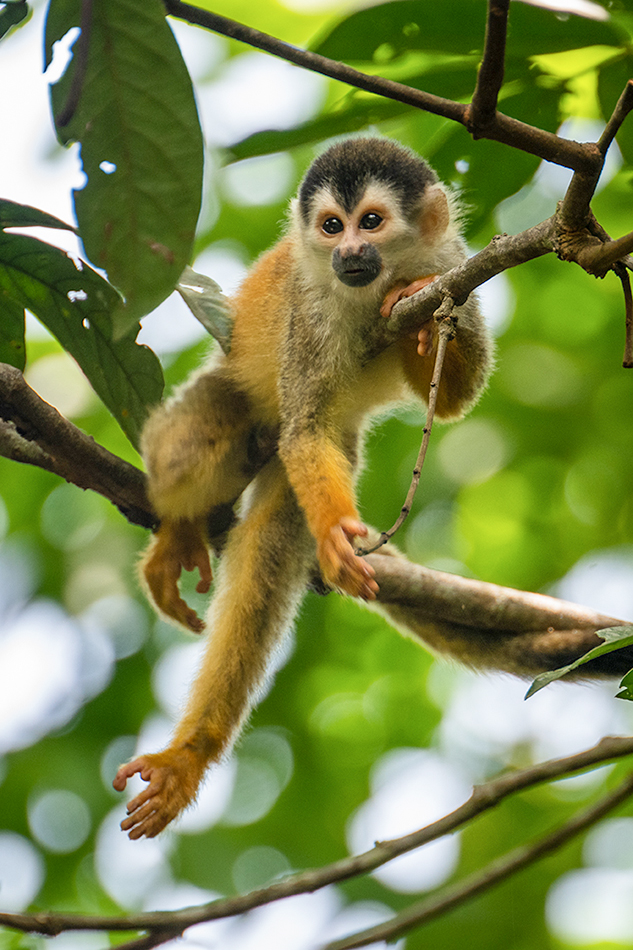
I just returned from two weeks of photographing in Costa Rica. We had a great trip, took thousands of images, and I can’t wait to return. I had a chance to shoot nearly 20,000 images with the Z9 in some of the toughest autofocus conditions you can imagine. We also had Canon R5s, Sony A1s, Nikon 850s…it was interesting to see how all the cameras stacked up. To sum it all up, all the mirrorless cameras focused pretty well, but there were times the focus points couldn’t stick or find the subject. Not surprising when you are photographing a black monkey in deep shade in dense jungle in low light! I was amazed at the Z9 performance. After shooting the Z9 awhile I couldn’t imagine how I photographed without it. My default mode was 3D with animal eye detect on…I used this 75 percent of the time. Next was Wide Area Large with animal eye detect on…great for birds in flight, and sometimes this mode did better finding a monkey’s eye in dense jungle rather than 3D. In super low light I sometimes used single point focus (like the old days!) as conditions were so bad no eye tracking or subject detect was working. In these situations we noticed NONE of the other cameras could pick up the subject either.

There are some tricks to improving your focusing in tough situations. Here are six that worked for us in the dark jungle.
I. Change autofocus modes. Especially with mirrorless cameras, there isn’t one focus mode that does it all. Try different modes and see what works the best. I went back and forth between 3D and Wide Area Large in Costa Rica.
2. Use the center focus point. On some cameras the most sensitive focus point is the center point, not a point on the far side of your viewfinder. Go to your center point, and see if this works better.
3. Tilt camera 5 degrees. By tilting your camera slightly left or right, you realign the autofocus grid to your subject, which can sometimes help the sensors detect the subject.
4. Look for contrast. Try refocusing on a spot near your subject that has a lot of contrast, or look for a high contrast point on your subject. If your camera keeps going back and forth on focusing, you need to try a different spot.
5. Use focus limit switch. If your lens has a focus limiter switch, use it if possible. If you are trying to focus on distant flying birds, you don’t need the lens to look for subjects close to you. Just don’t forget to set it back to full range if you get a close subject.
6. Use manual focus. If your camera is struggling to focus, try ‘bumping’ focus manually to get the lens in the spot close to sharp focus…then try autofocus again. I used this technique a lot in low light with my 600mm F4, and it worked great.

We have noticed on our workshops that some participants are expecting more from their autofocus systems that they are getting. This is probably due to all the hype about the new eye/subject detect on the new mirrorless cameras. It’s true, you can’t believe how a Z9 can track a bird in flight or find the eye of a monkey in the jungle. But there are always situations autofocus systems will struggle (all brands), and you just have to figure out ways to work around it. The technology is amazing, and my keeper rate from this last trip to Costa Rica was way beyond anything I have done in the past.